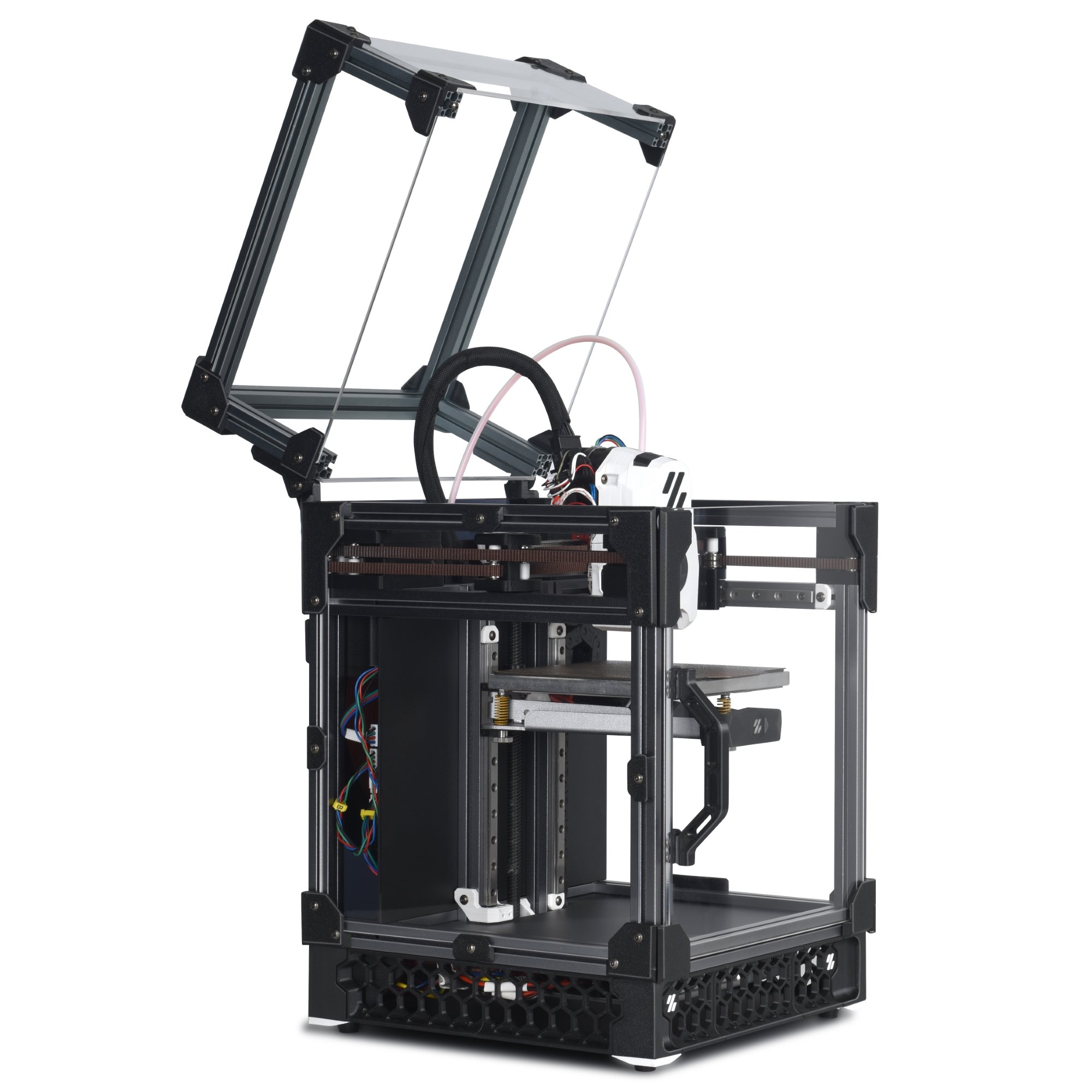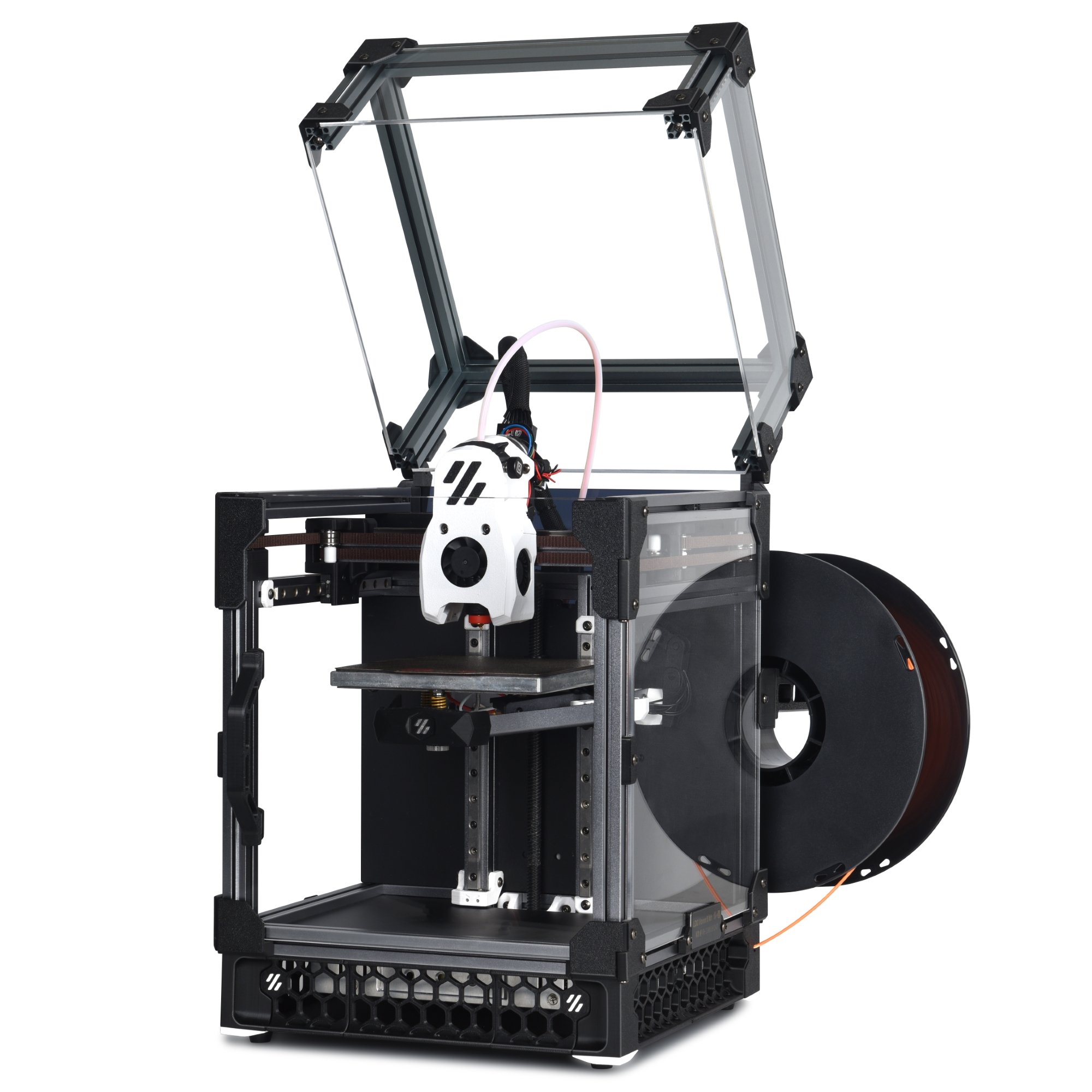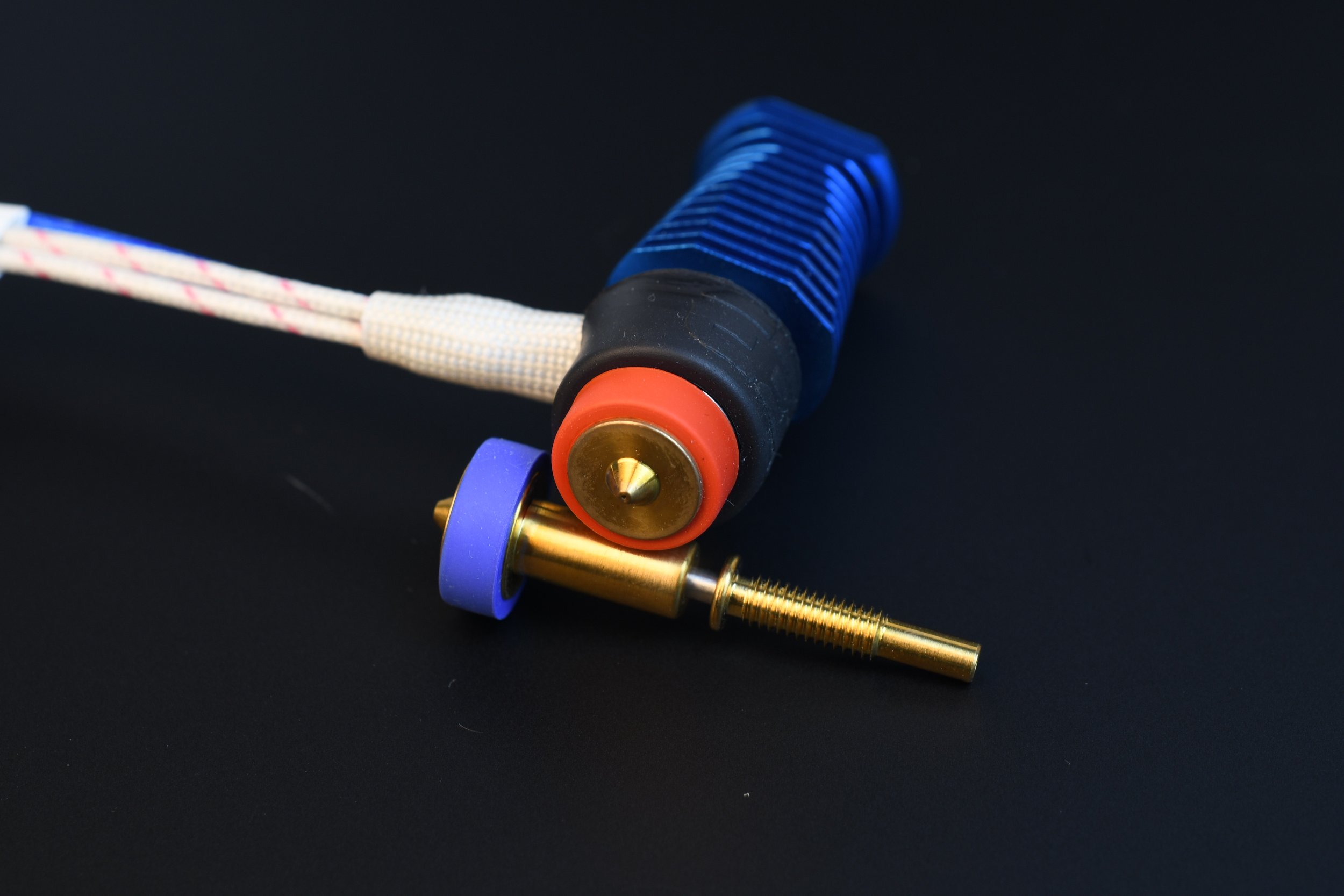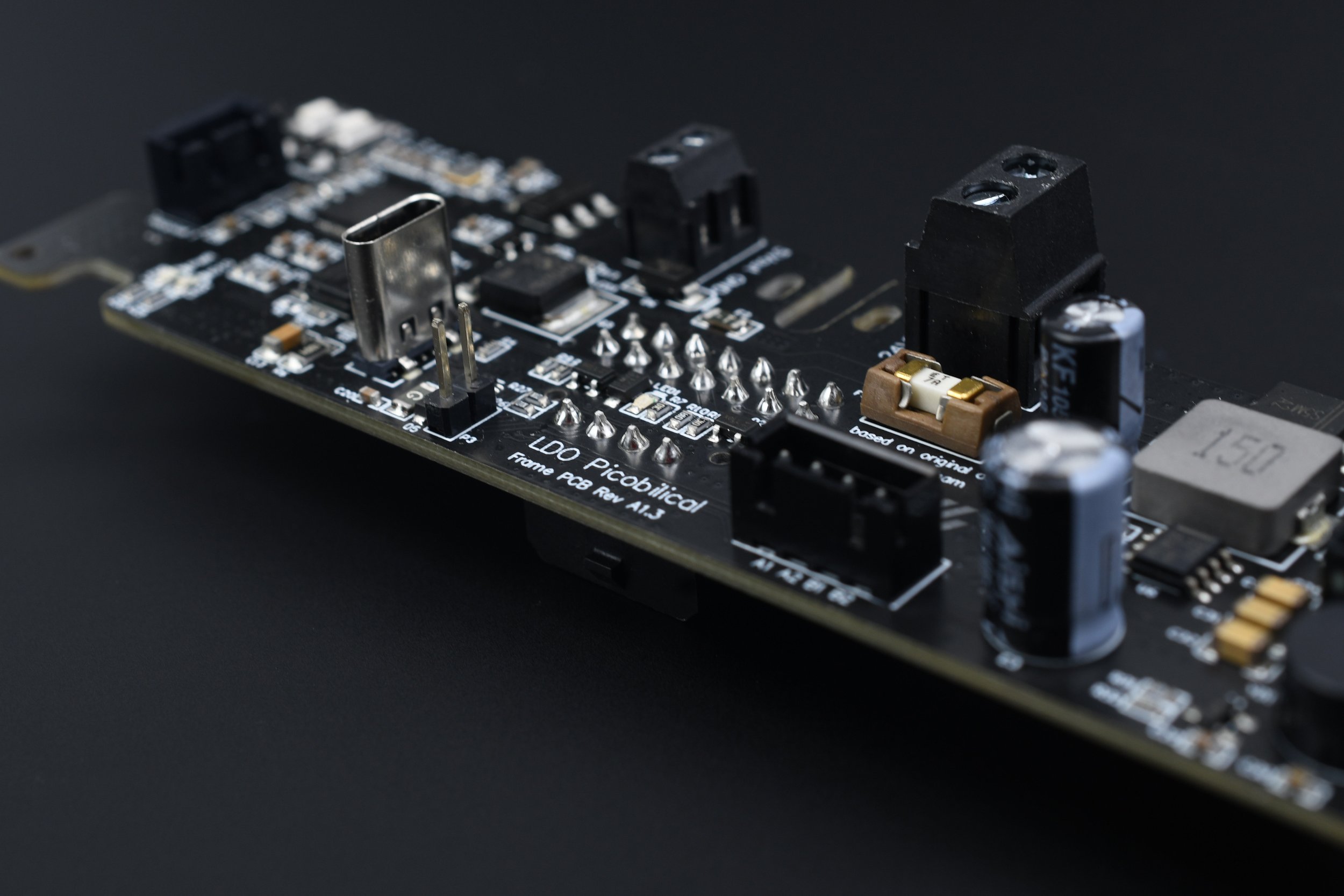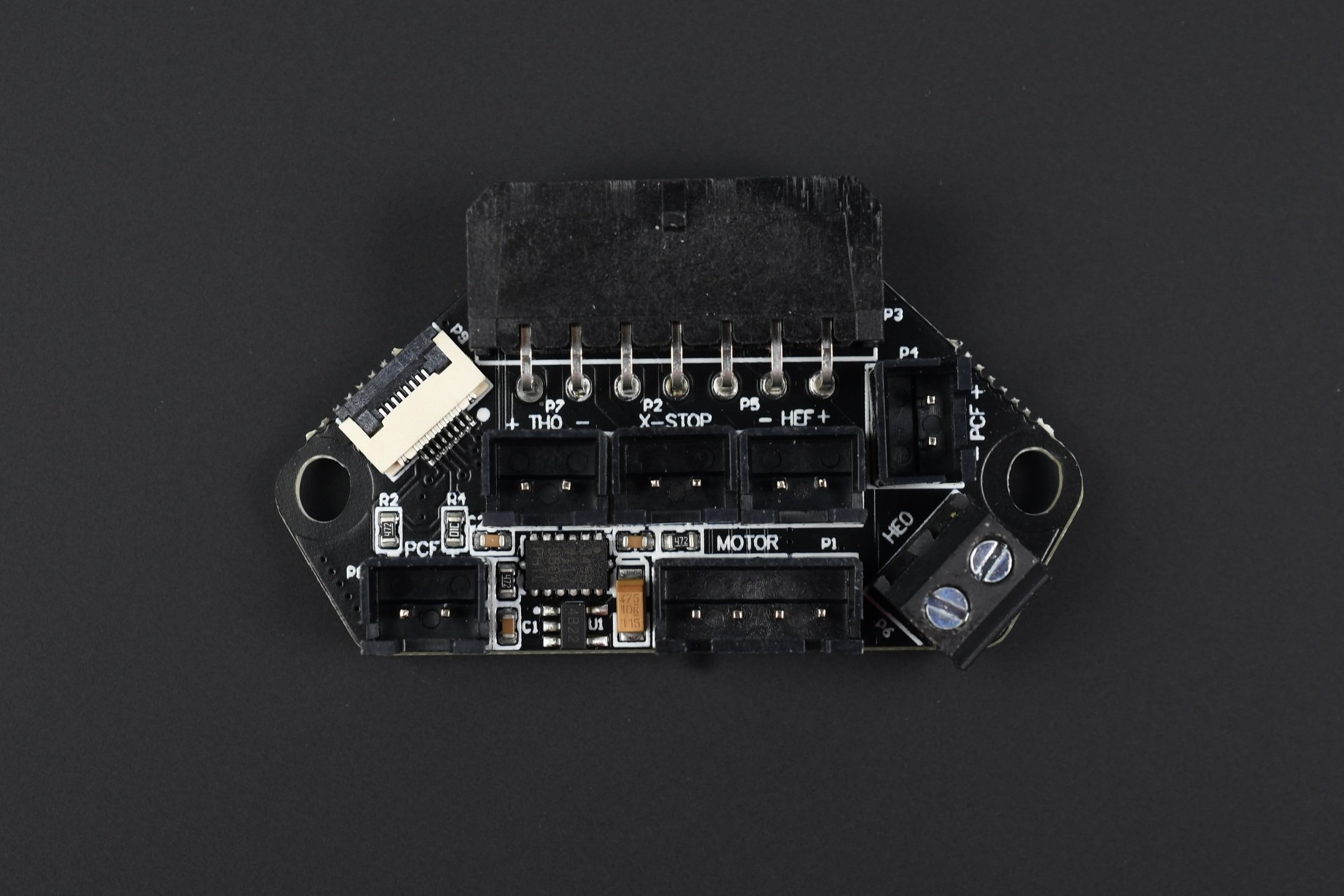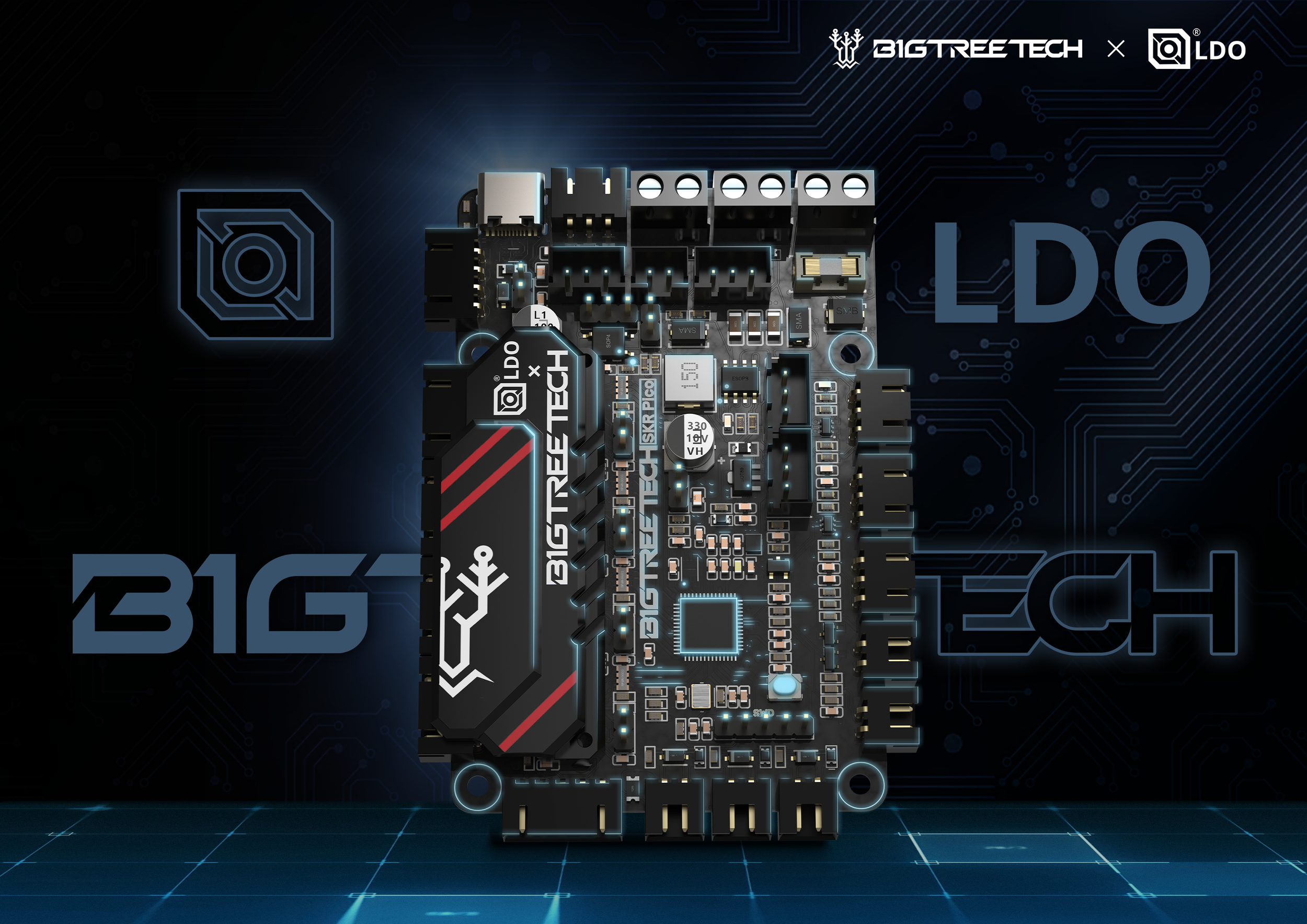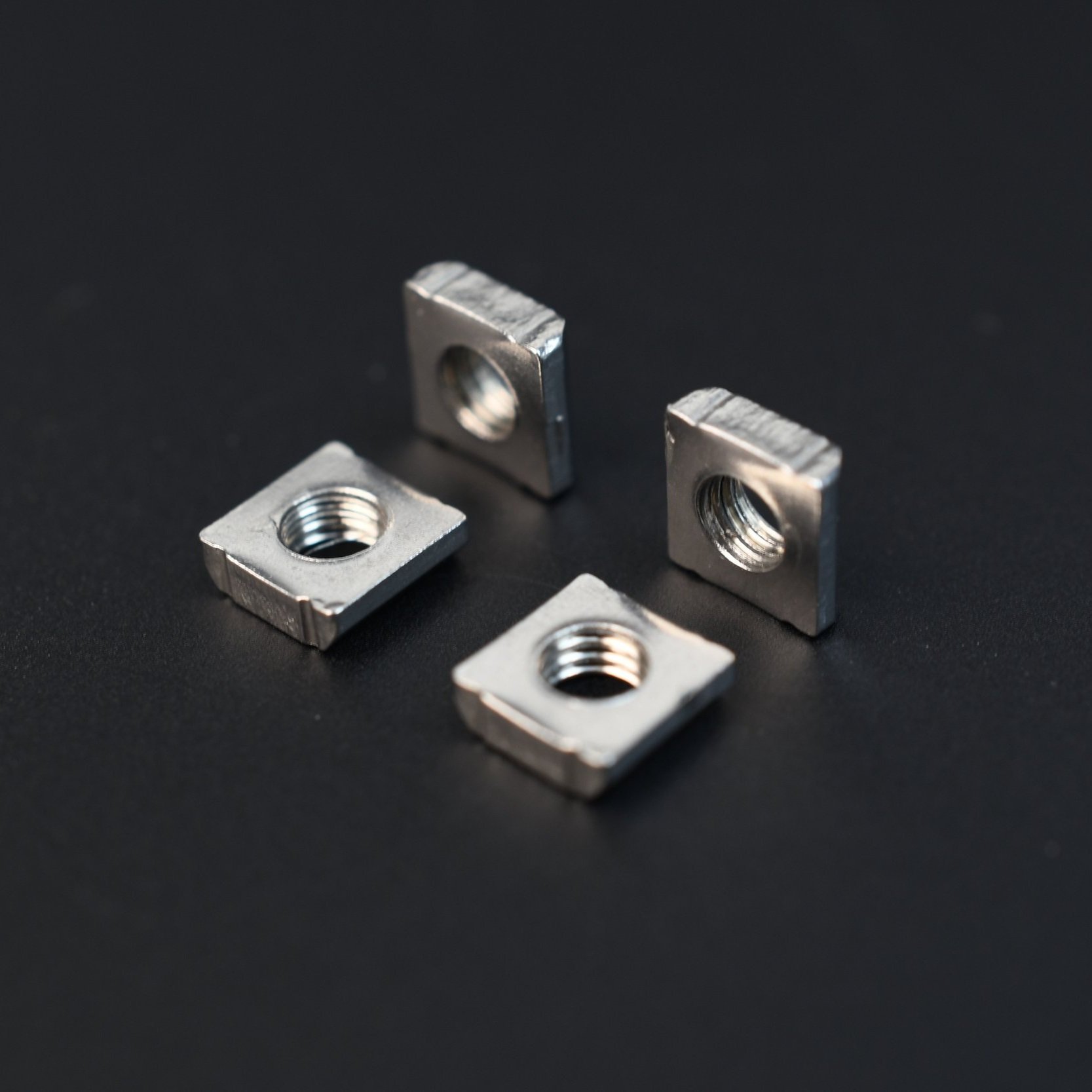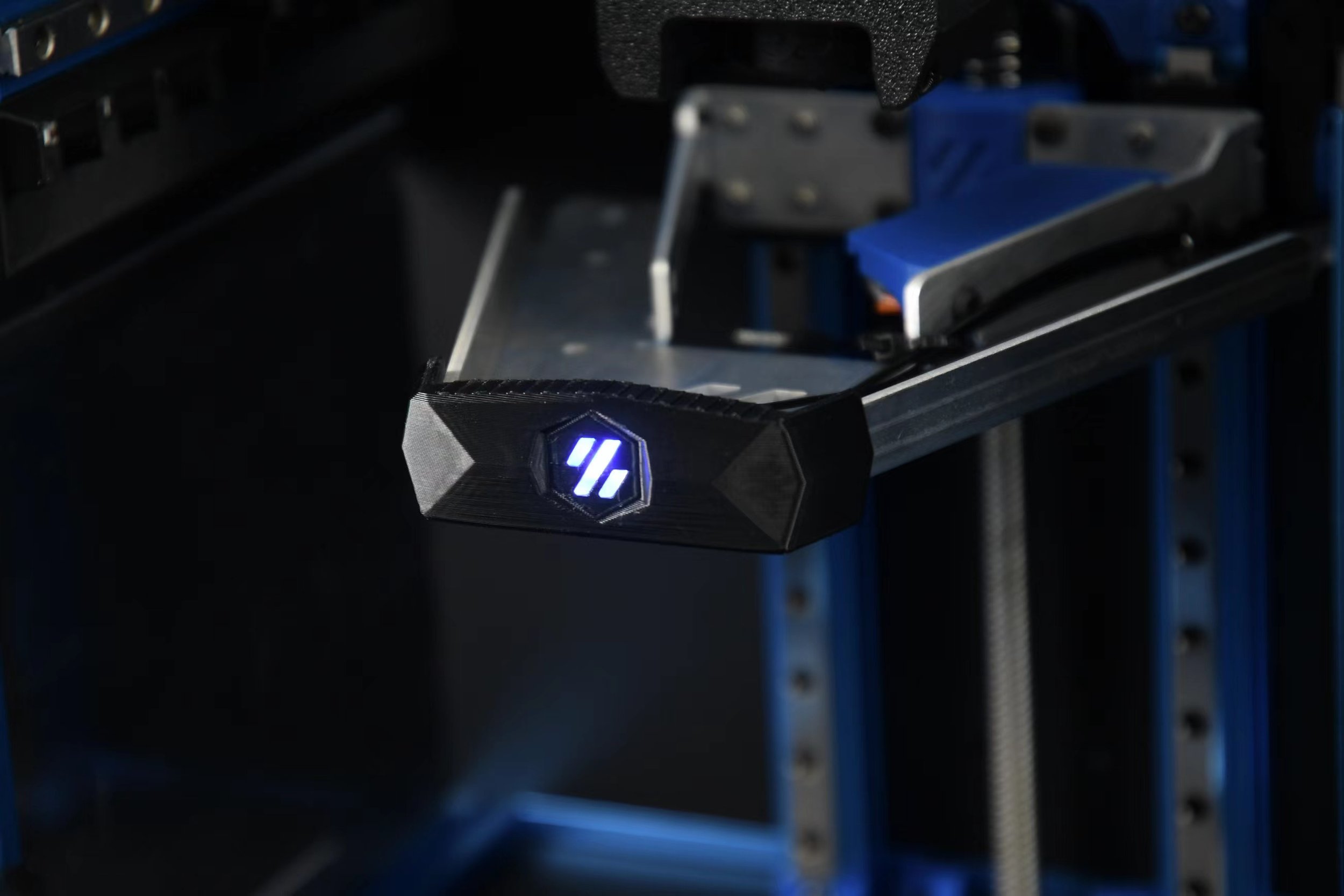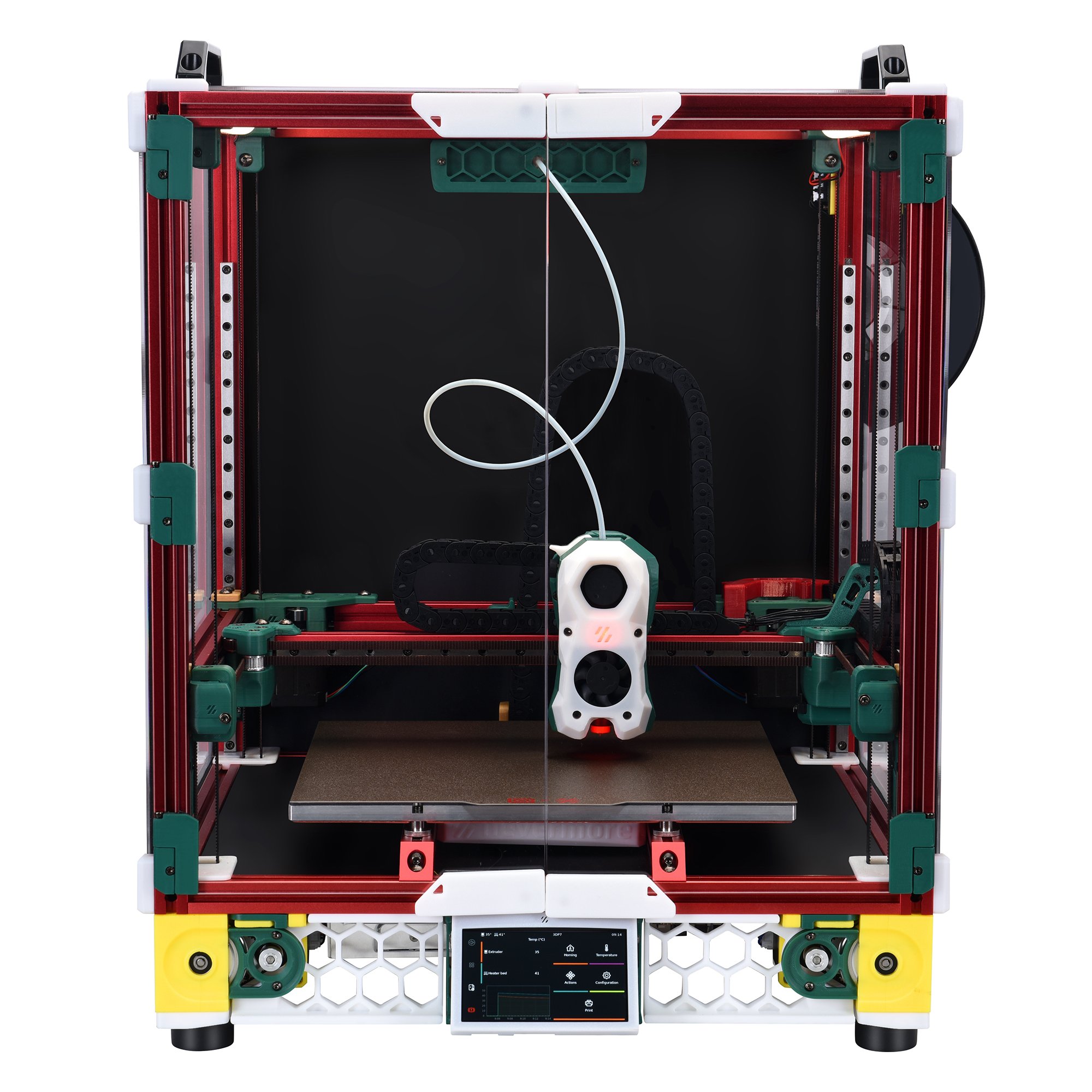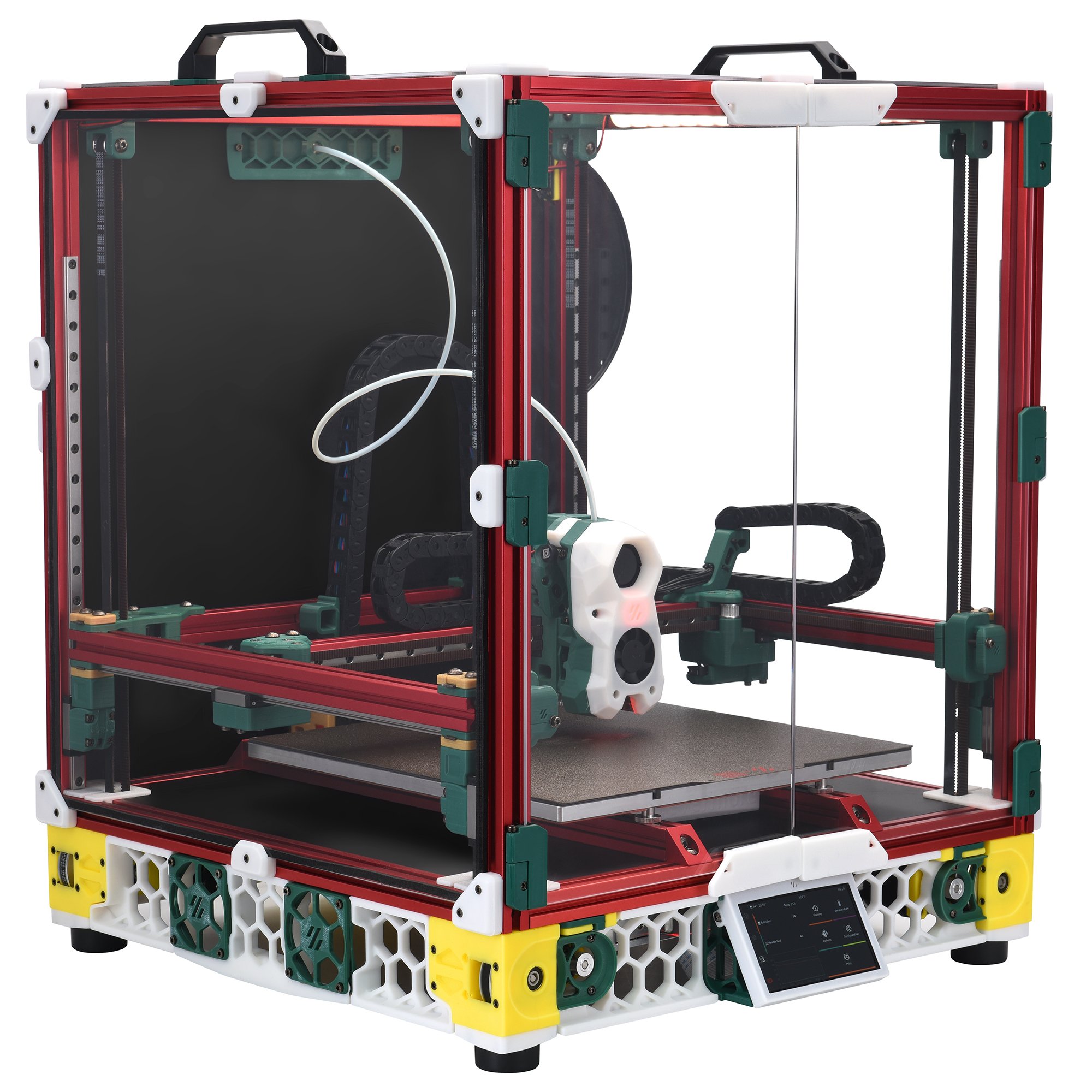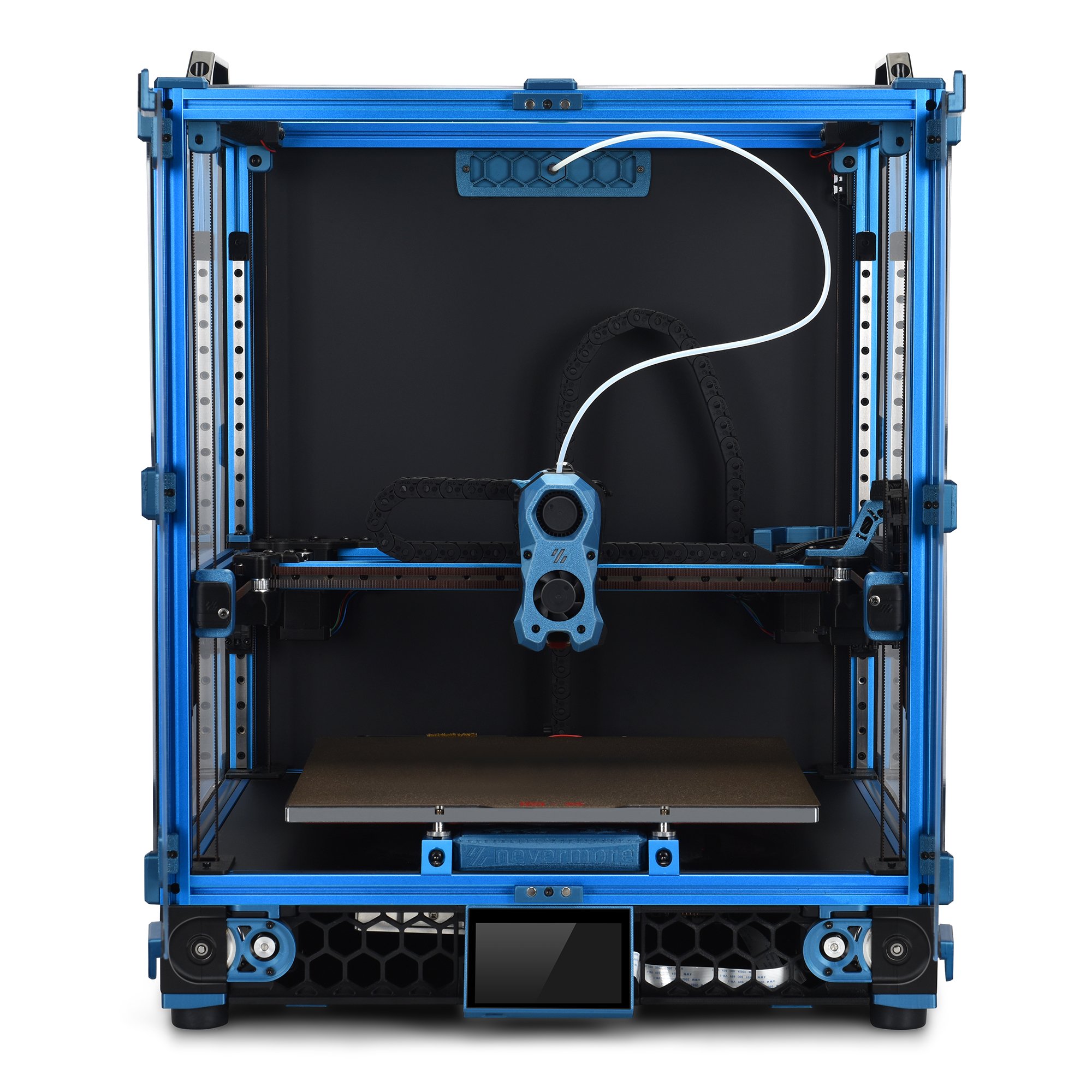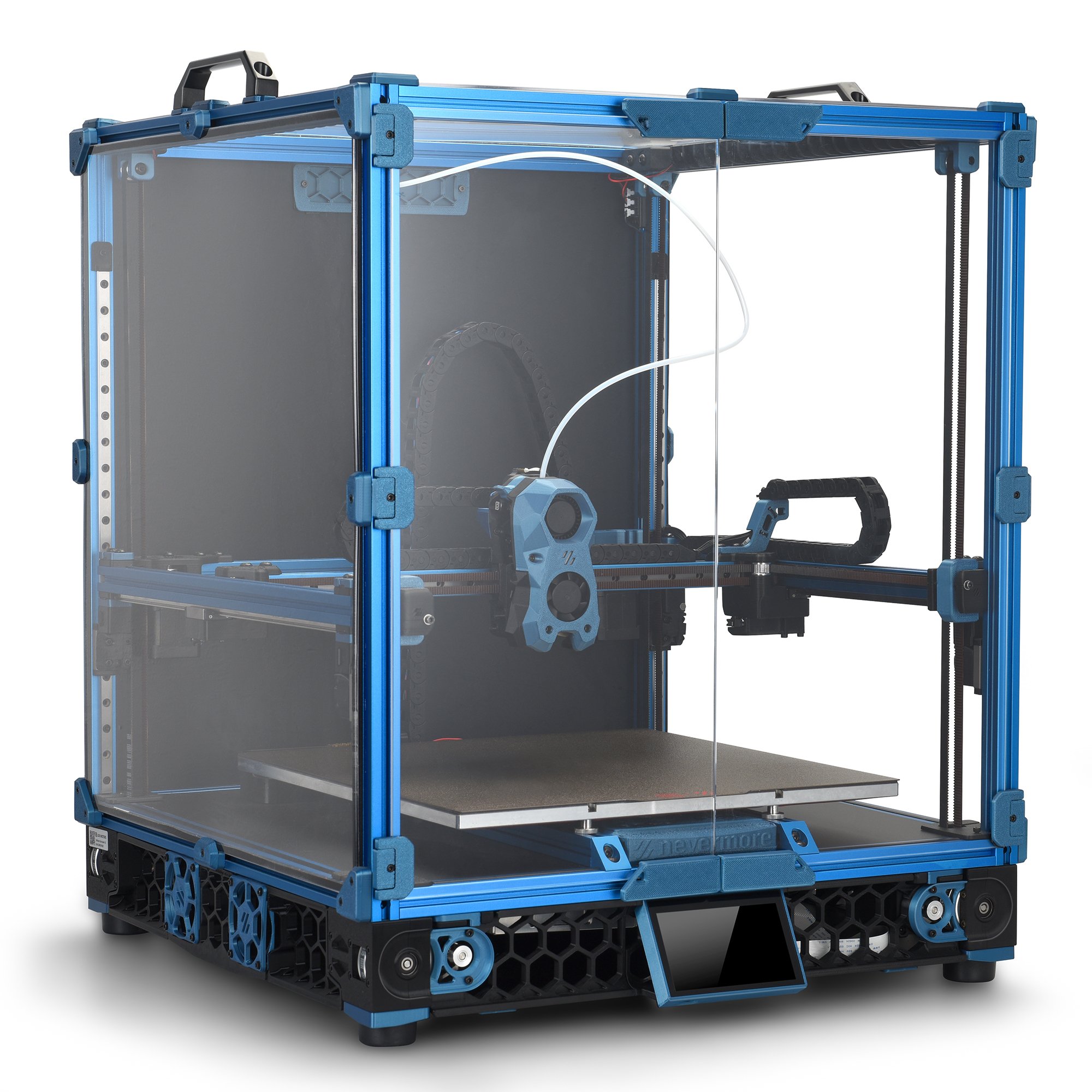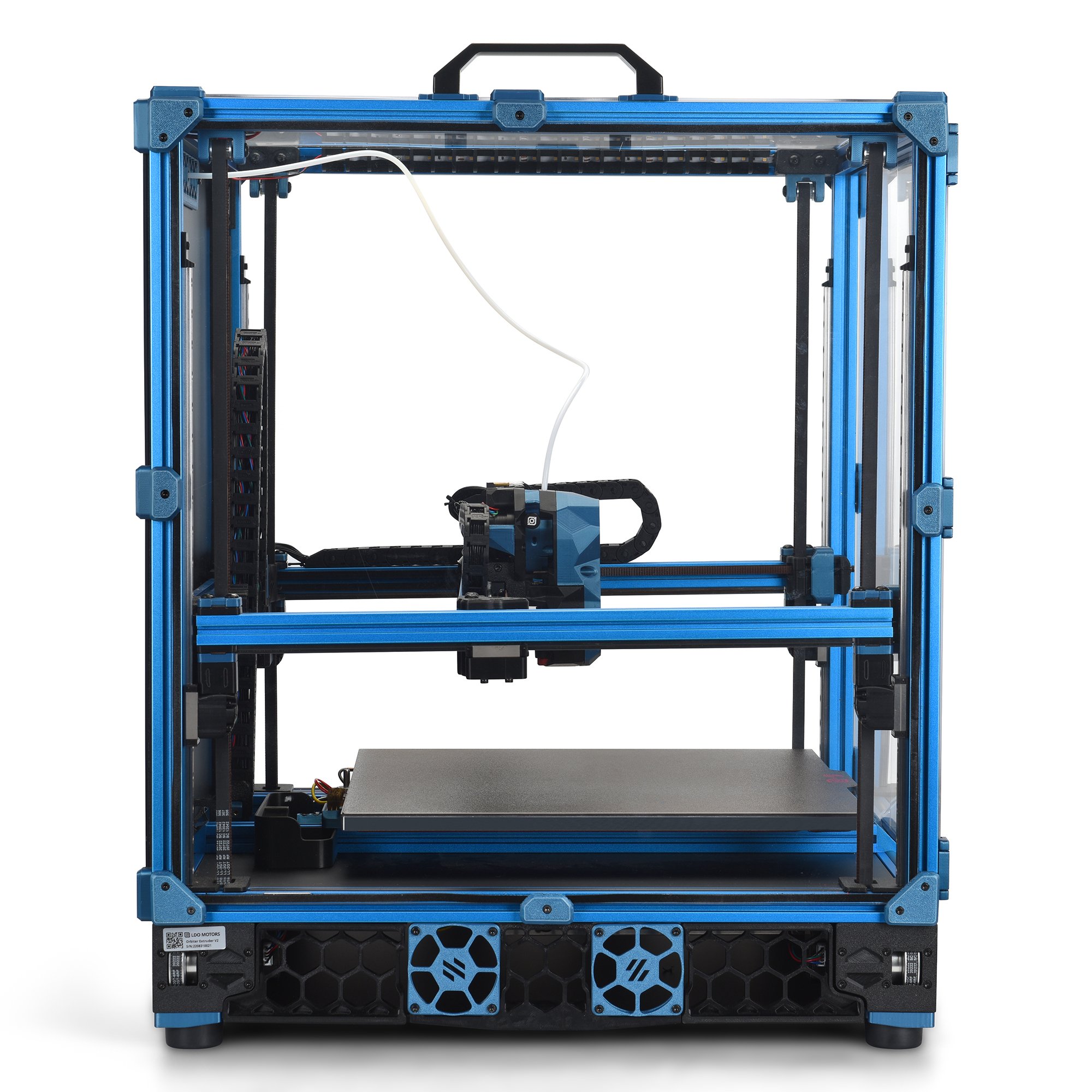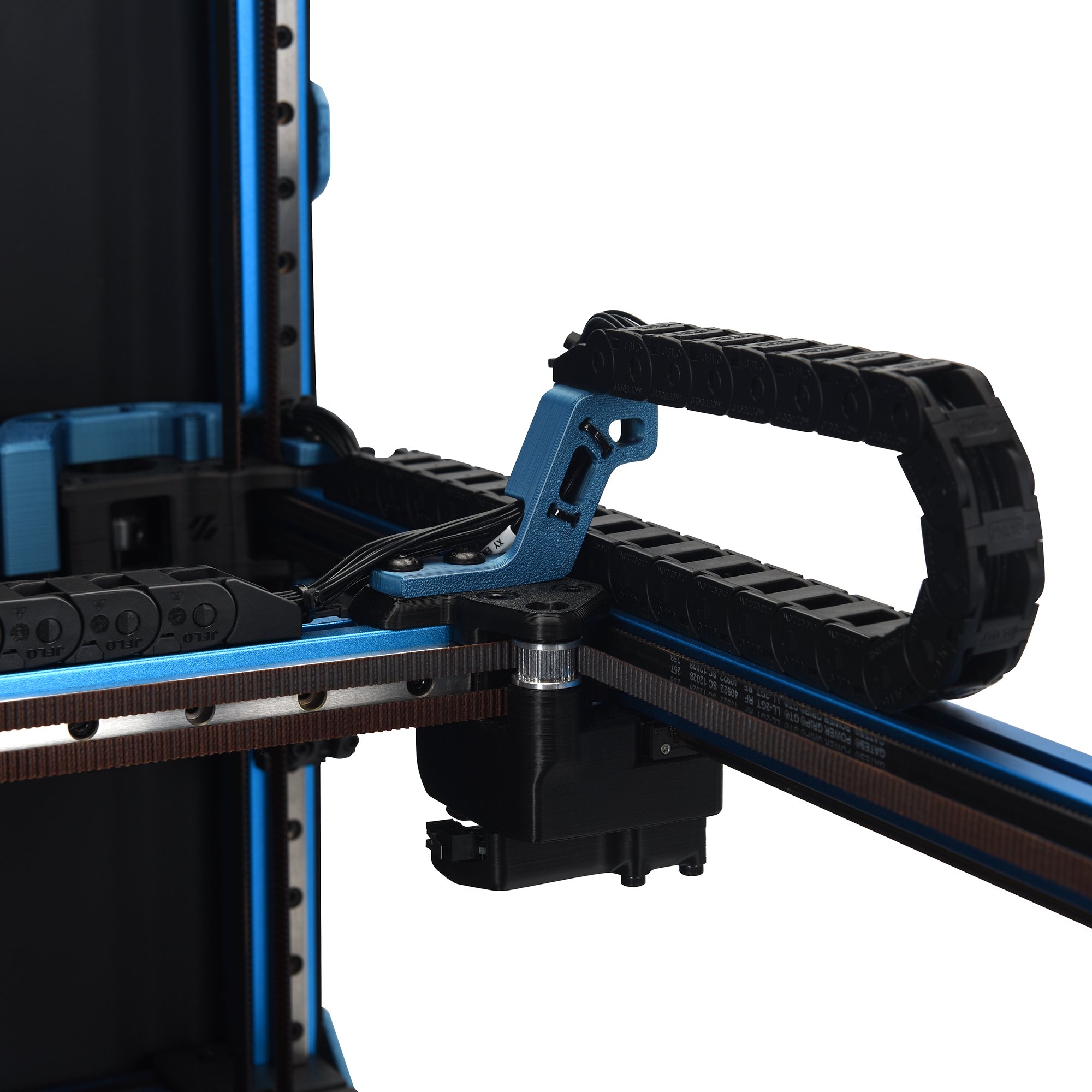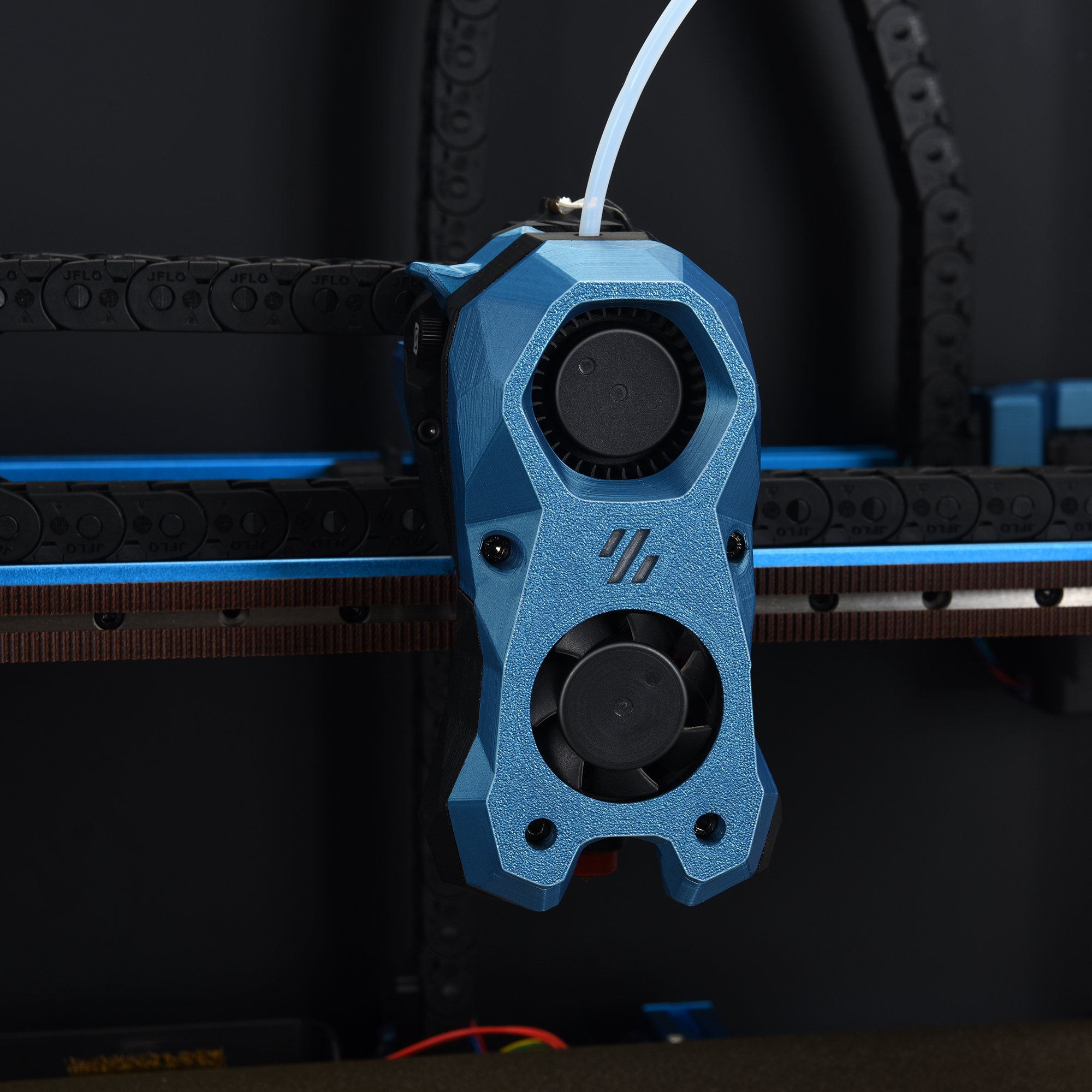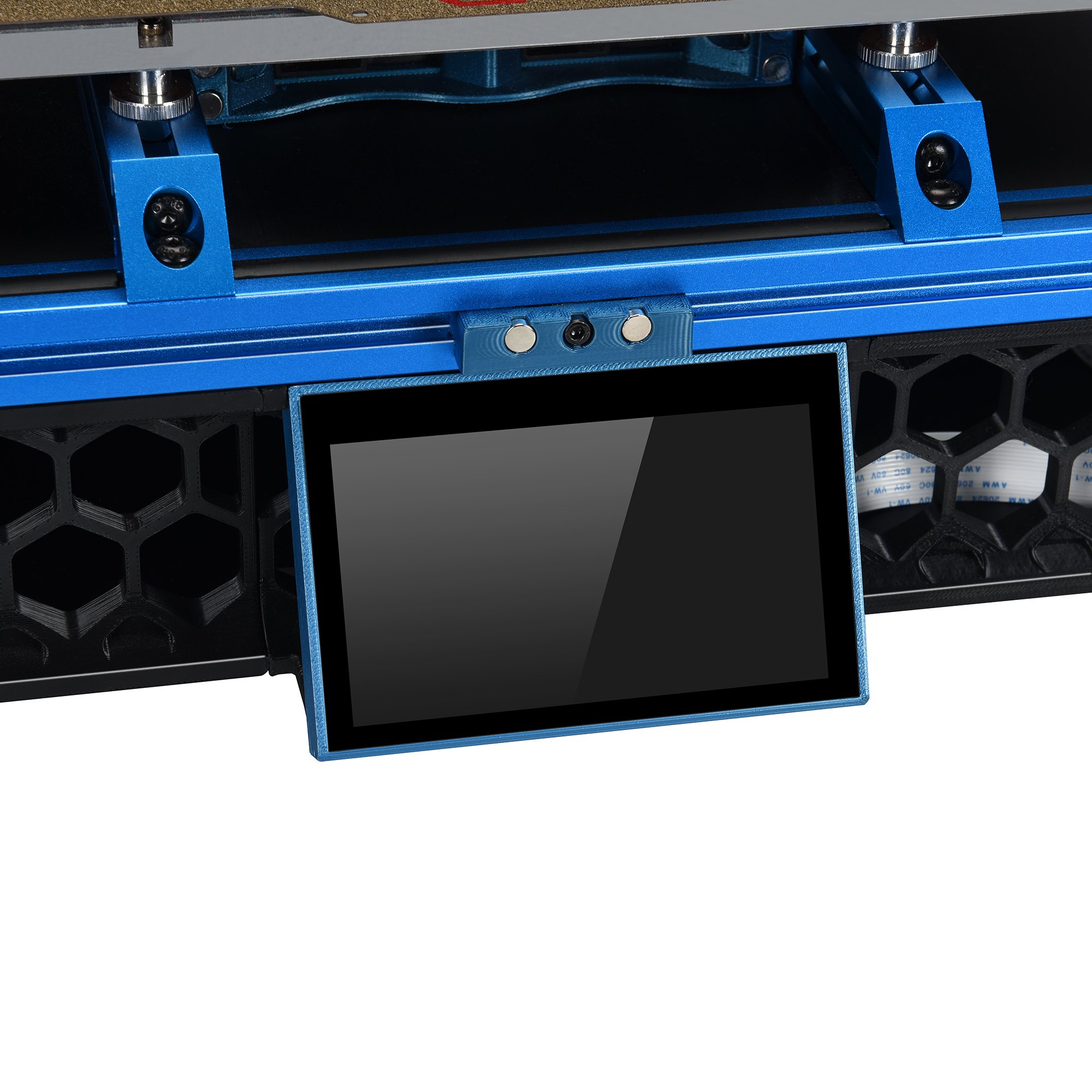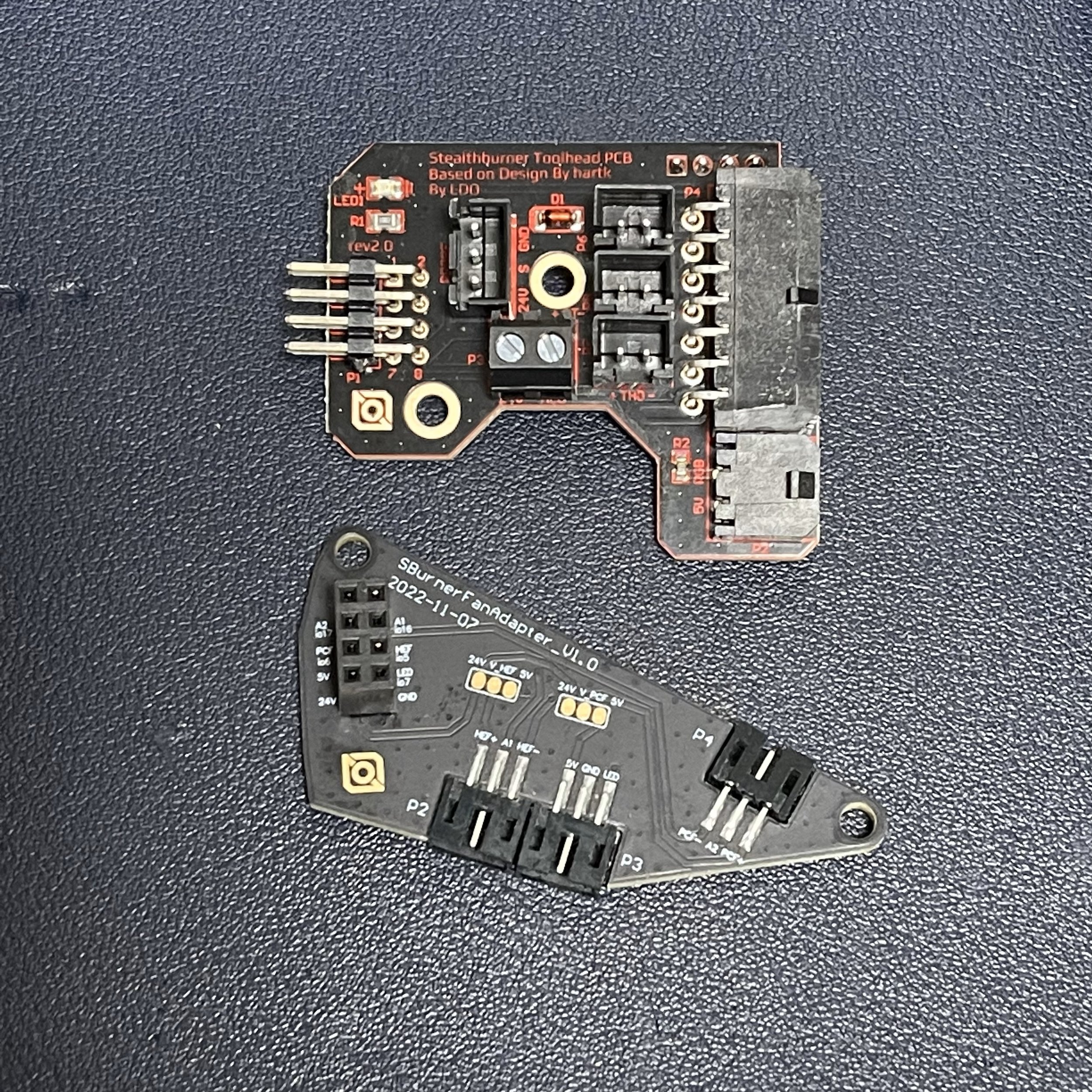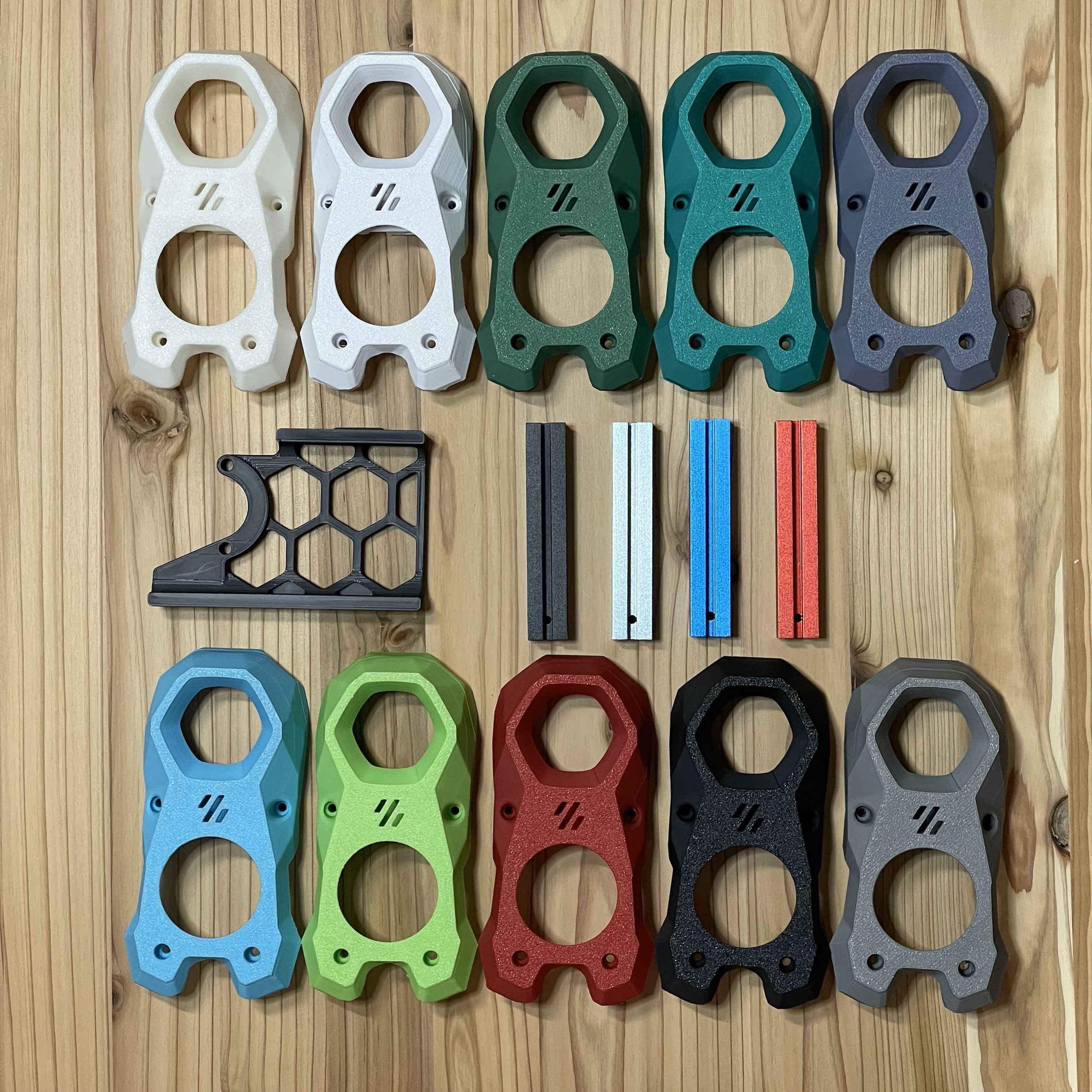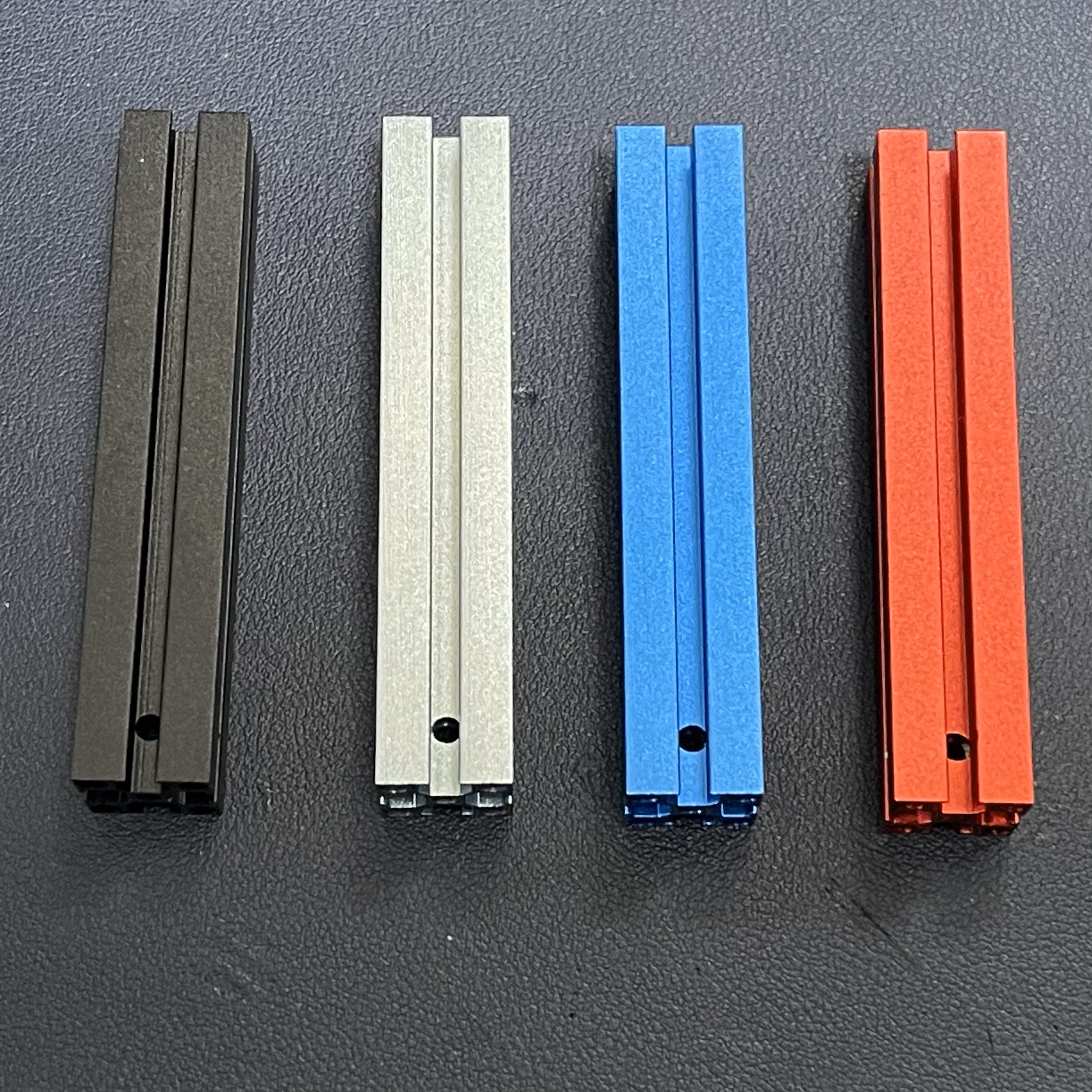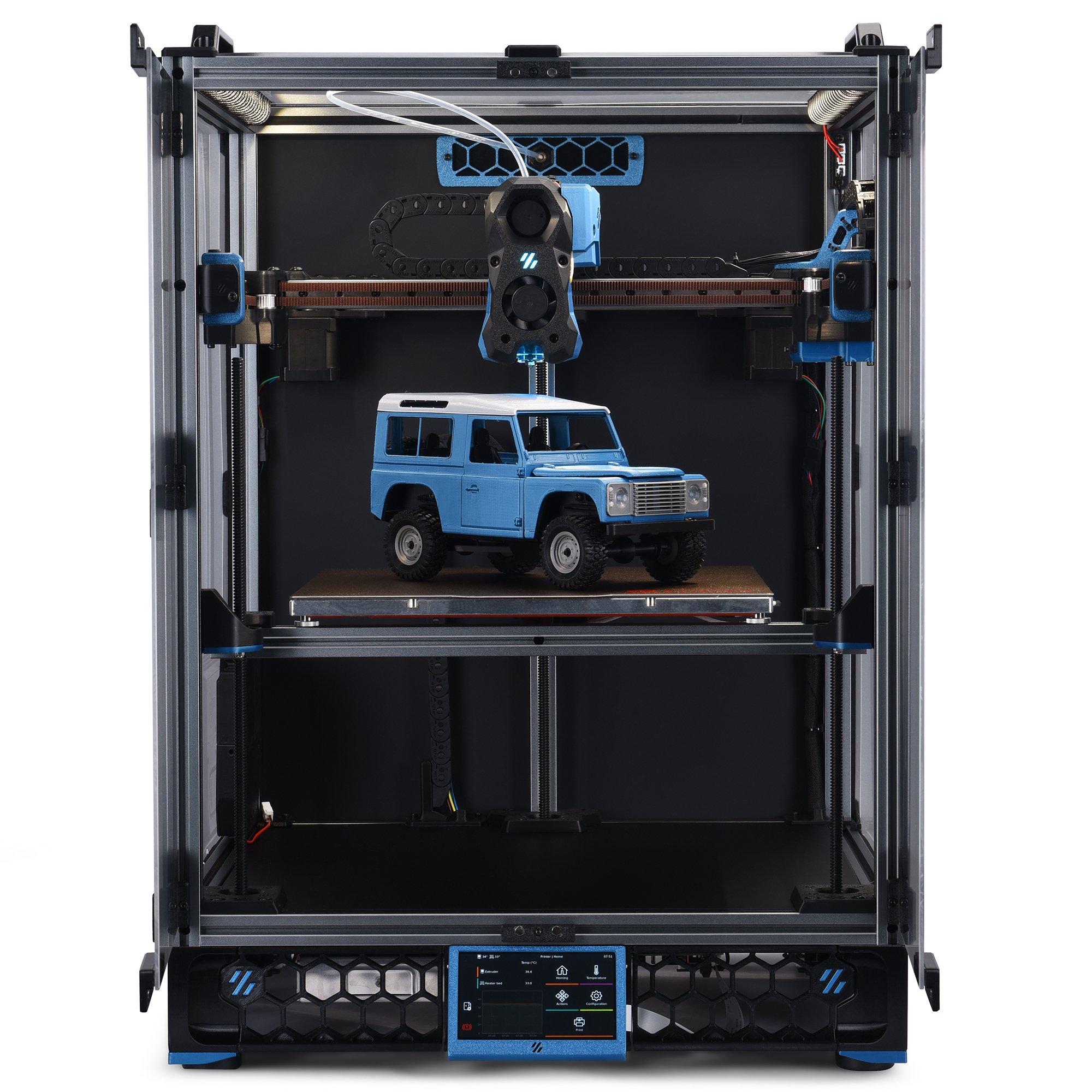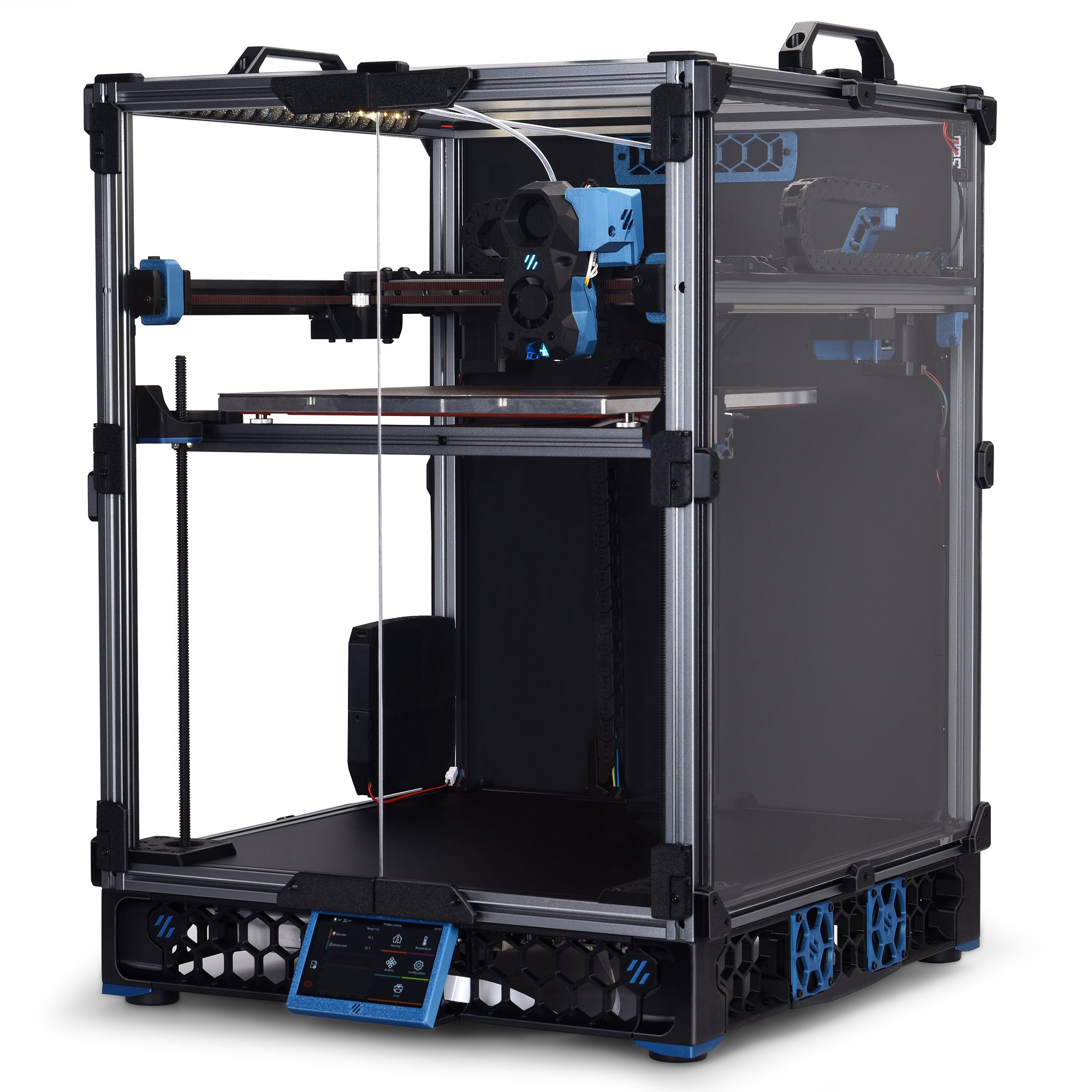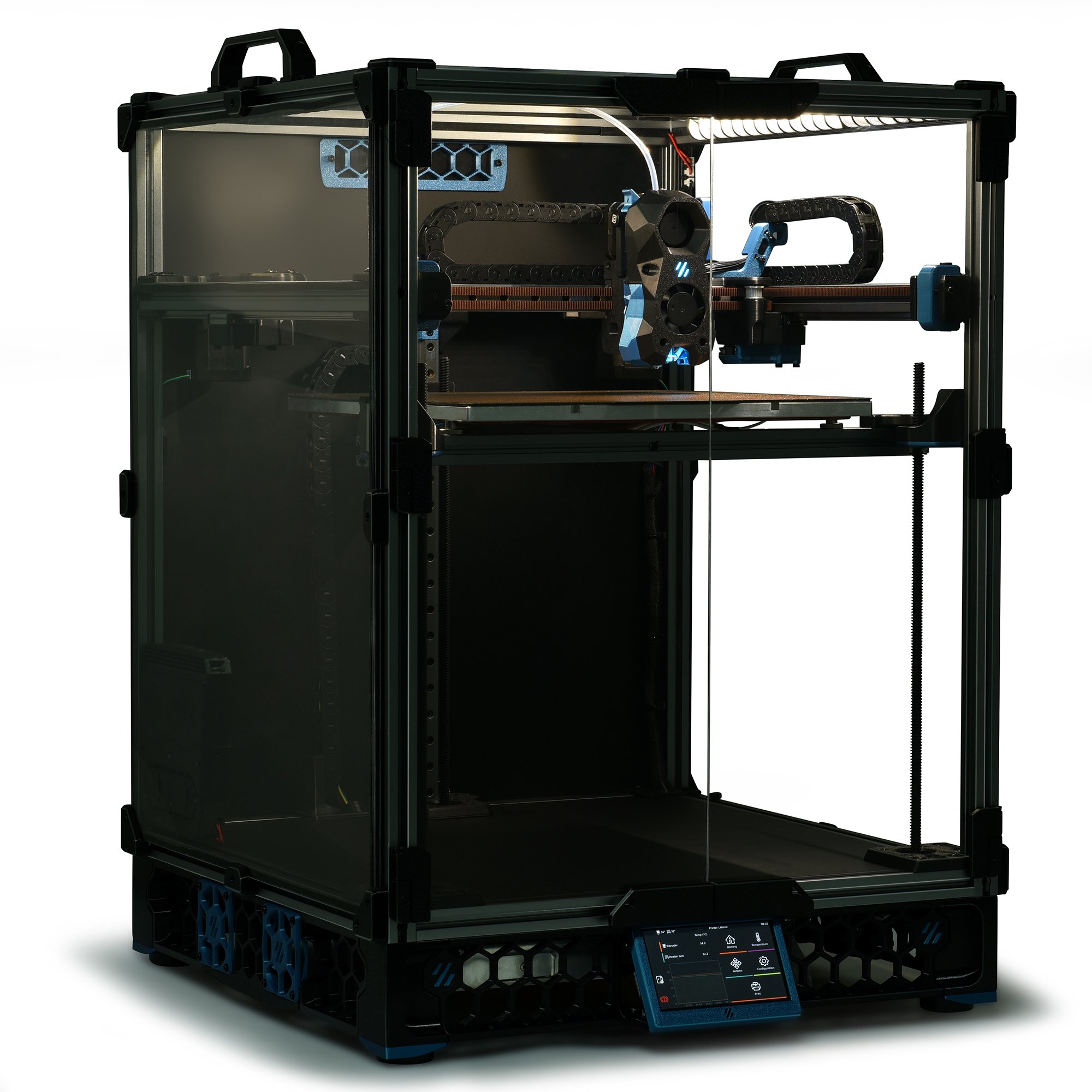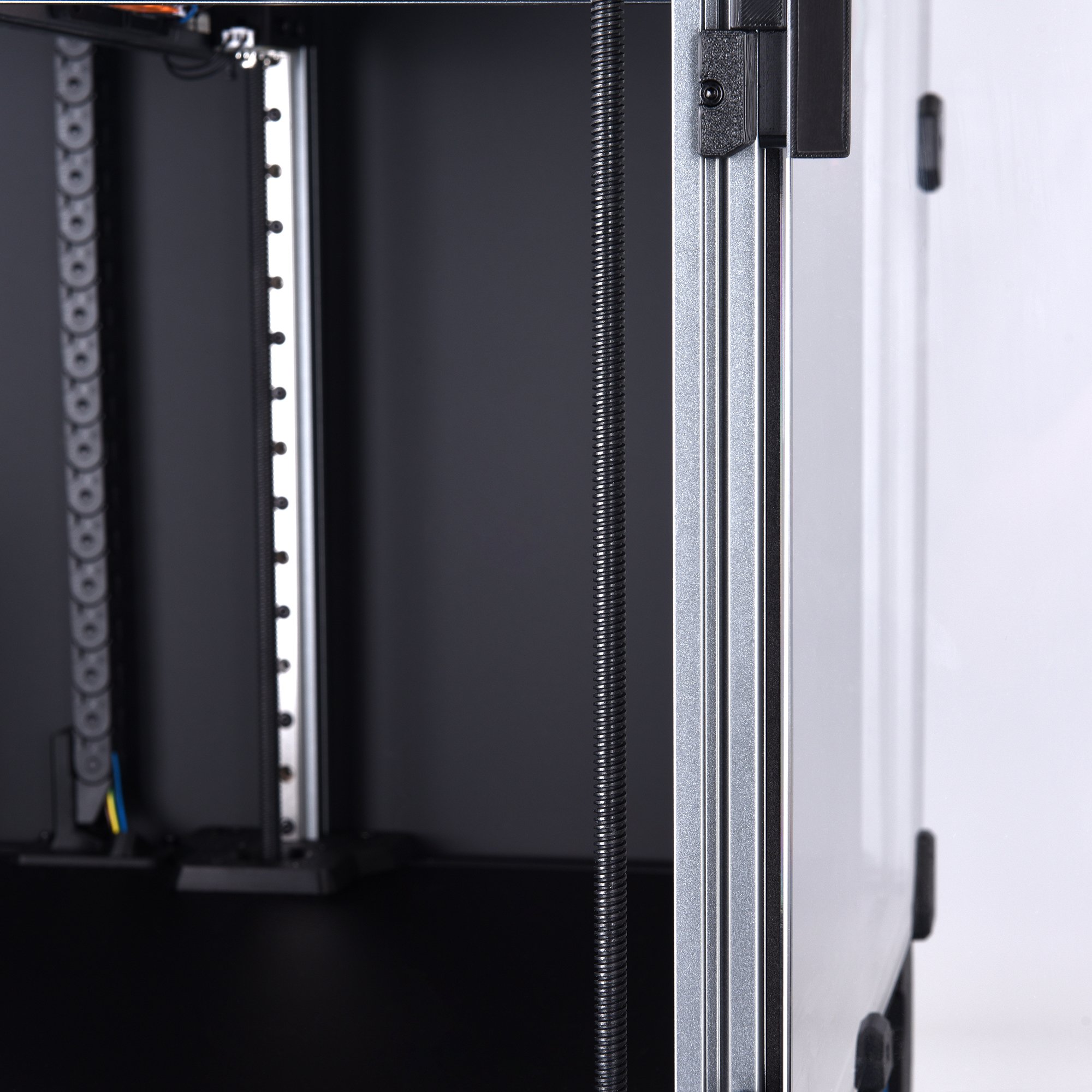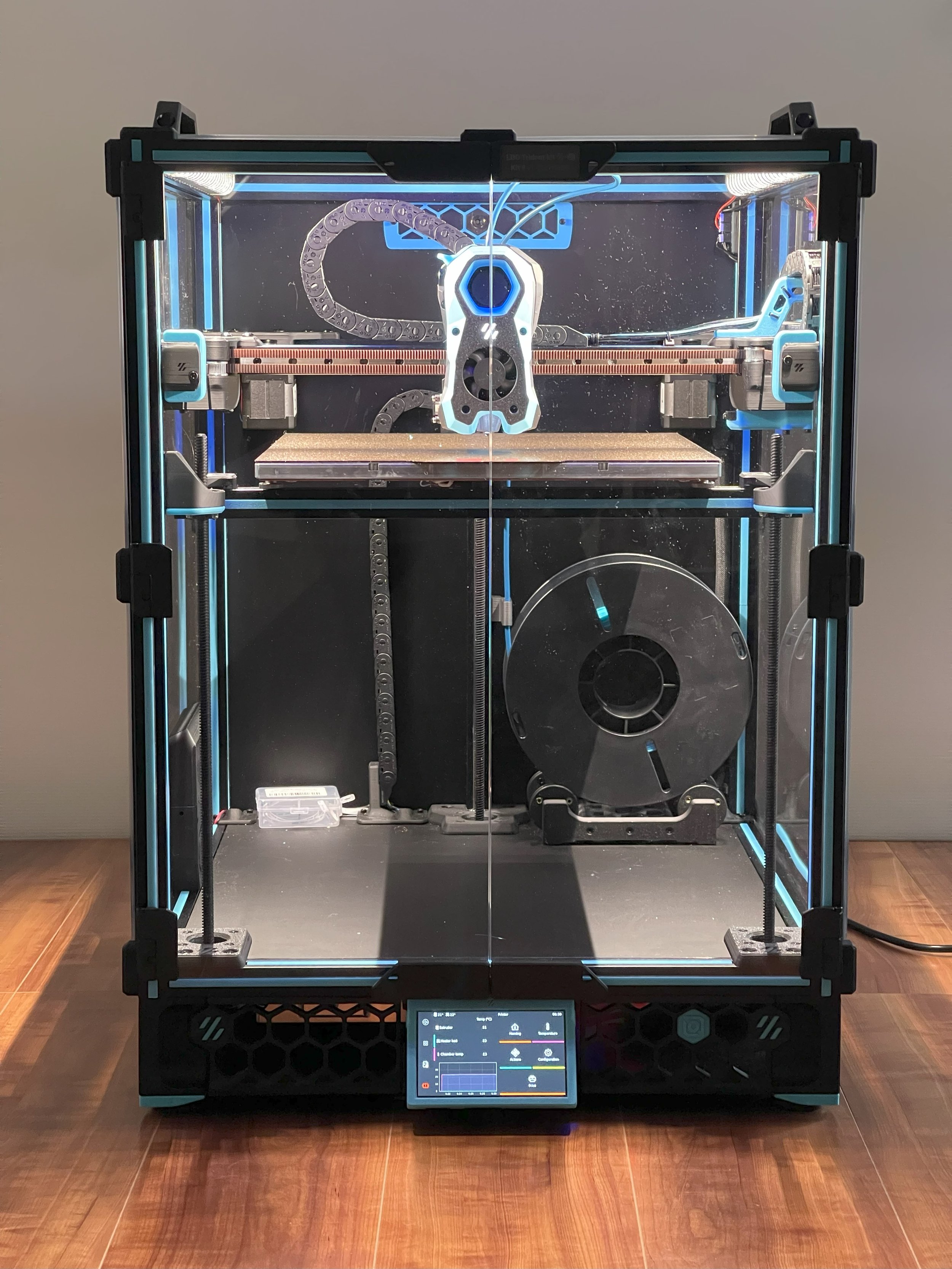The kit contains:
MGM9 Linear rail
New PCB Ver. 2.4.1 - can be used with 5V and 24V safely
a full assortment of screws to build the TAP Probe
Tap z-probeは、他のプロービングシステムと比較して、いくつかの利点があります:
1. 極めて高い精度: 0.4μm(0.0004mm)の精度で、極めて高いレベルの精度を提供します。このレベルの精度により、プロービングプロセスにおいて、高精度で正確な測定が可能になります。
2. 多用途なビルドサーフェス Tap z-probeはあらゆるビルドサーフェスで使用でき、異なるサーフェスを任意に切り替えることも容易です。この柔軟性により、ユーザーは様々な印刷面を試し、ニーズに合った印刷面を選択することができます。
3. 耐久性 z-probeは光学センサーを内蔵しており、多数のプローブサイクルの後でも耐久性を保証します。光学センサーは数百万サイクルの耐久性があり、長期間の信頼性を提供します。
4. 高温での信頼性: 70℃~100℃の高温環境下でも安定して動作するよう設計されています。この機能により、印刷時に高温が要求されるプリンターでの使用が可能になります。
5. プローブの機構を簡素化: Tap z-probeは、他のプローブシステムで一般的なドック/アンドックマクロを不要にしました。これにより、プロービングプロセスを合理化し、より効率的に行うことができます。
6. Zエンドストップを別途用意する必要がありません: 他のZプローブシステムと異なり、Tap z-probeは、個別のZエンドストップを必要としません。この統合により、プリンターのセットアップの複雑さが軽減され、追加のコンポーネントが不要になります。
7. クラッシュプロテクション z-probeは、印刷中に偶発的な衝突や事故が発生した場合に、損傷を防ぐためのクラッシュプロテクション機構を内蔵しています。この機能は、プローブとプリンターの両方を潜在的なダメージから保護するのに役立ちます。
Tap z-probeを正常に使用するためには、特定の要件を満たす必要があります:
1. ベッドの安定性: プリンターのベッドは、500~800グラムのプローブ力に耐えられるだけの安定性が必要です。ベッドが大きくたわむことなく、このレベルの力に耐えることができることを確認することが重要です。
2. 対応するマウント Tap z-probeは、MGN-12HのX軸に取り付けることを前提に設計されています。したがって、プリンターにはz-probeのための互換性のあるマウントがある必要があります。
3. フロントマウントのエクストルーダー Tap z-probeは、フロントマウントのエクストルーダーを持つプリンターと互換性があります。互換性のあるエクストルーダーには、Clockwork2、LGX、Galileoなどがあります。
4. 機械的条件: Tap z-probeの精度は、プリンターの全体的な機械的状態に依存します。望ましい精度のレベルを達成するためには、プリンターを良好な機械的状態に維持することが重要です。
5. 電源要件: Tap z-probeは、ツールヘッドに5Vの電源が必要です。または、特別な24VセンサーPCBを使用して、z-probeに必要な電力を供給することができます。
これらの要件を満たし、Tap z-probeをプリンタのセットアップに適切に組み込むことで、ユーザーはその精度、汎用性、耐久性、および簡素化されたメカニズムを活用し、効率的で正確なプロービング作業を行うことができます。
The Tap z-probe offers several advantages over other probing systems:
1. Extreme Precision: It provides an exceptional level of precision with an accuracy of 0.4μm (0.0004mm). This level of precision allows for highly accurate and precise measurements during the probing process.
2. Versatile Build Surface: The Tap z-probe can be used with any build surface, and it is easy to switch between different surfaces as desired. This flexibility allows users to experiment with various printing surfaces and choose the one that suits their needs.
3. Durability: The z-probe incorporates an optical sensor, which ensures durability even after numerous probe cycles. The optical sensor can withstand millions of cycles, providing long-lasting reliability.
4. High Temperature Reliability: The Tap z-probe is designed to operate reliably in high-temperature environments, ranging from 70°C to 100°C. This feature enables its use in printers that require elevated temperatures during printing.
5. Simplified Probe Mechanics: The Tap z-probe eliminates the need for dock/undock macros commonly found in other probing systems. This simplification streamlines the probing process and makes it more efficient.
6. No Separate Z-Endstop Required: Unlike some other z-probe systems, the Tap z-probe does not require a separate Z-endstop. This integration reduces the complexity of the printer setup and eliminates the need for additional components.
7. Crash Protection: The z-probe incorporates crash protection mechanisms to prevent damage in the event of accidental collisions or mishaps during the printing process. This feature helps safeguard both the probe and the printer from potential damage.
To successfully use the Tap z-probe, certain requirements must be met:
1. Bed Stability: The printer's bed must be stable enough to withstand a probing force of 500-800 grams. It is important to ensure that the bed can withstand this level of force without any significant deflection.
2. Compatible Mounts: The Tap z-probe is designed to be mounted to the MGN-12H X-axis. Therefore, the printer should have a compatible mount for the z-probe.
3. Front Mounted Extruder: The Tap z-probe is compatible with printers that have a front-mounted extruder. Some compatible extruders include Clockwork2, LGX, and Galileo.
4. Mechanical Condition: The accuracy of the Tap z-probe depends on the printer's overall mechanical condition. It is important to maintain the printer in good mechanical condition to achieve the desired level of accuracy.
5. Power Requirements: The Tap z-probe requires a 5V power supply at the toolhead. Alternatively, a special 24V sensor PCB can be used to provide the necessary power for the z-probe.
By meeting these requirements and properly integrating the Tap z-probe into the printer setup, users can take advantage of its precision, versatility, durability, and simplified mechanics for efficient and accurate probing operations.








